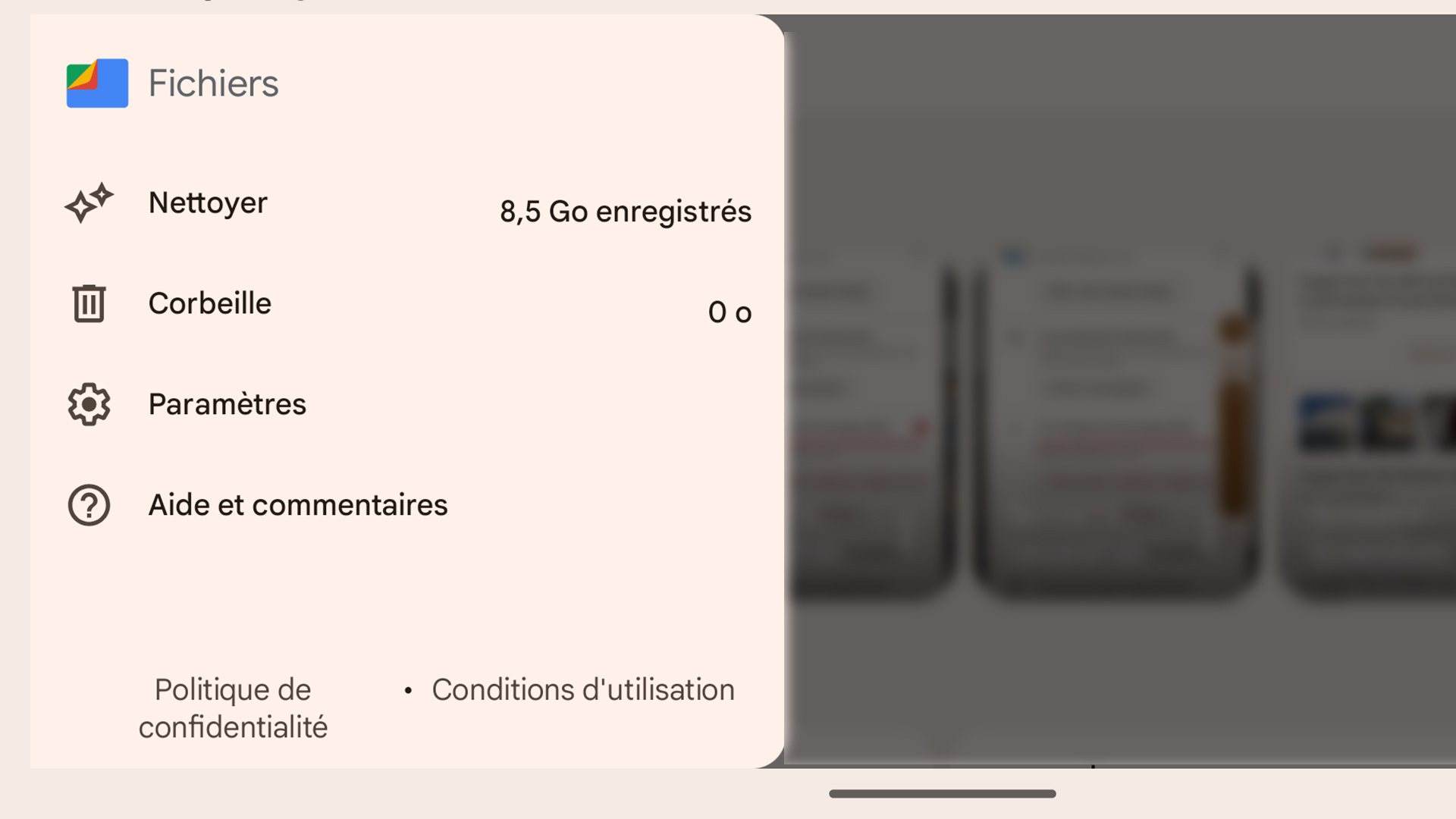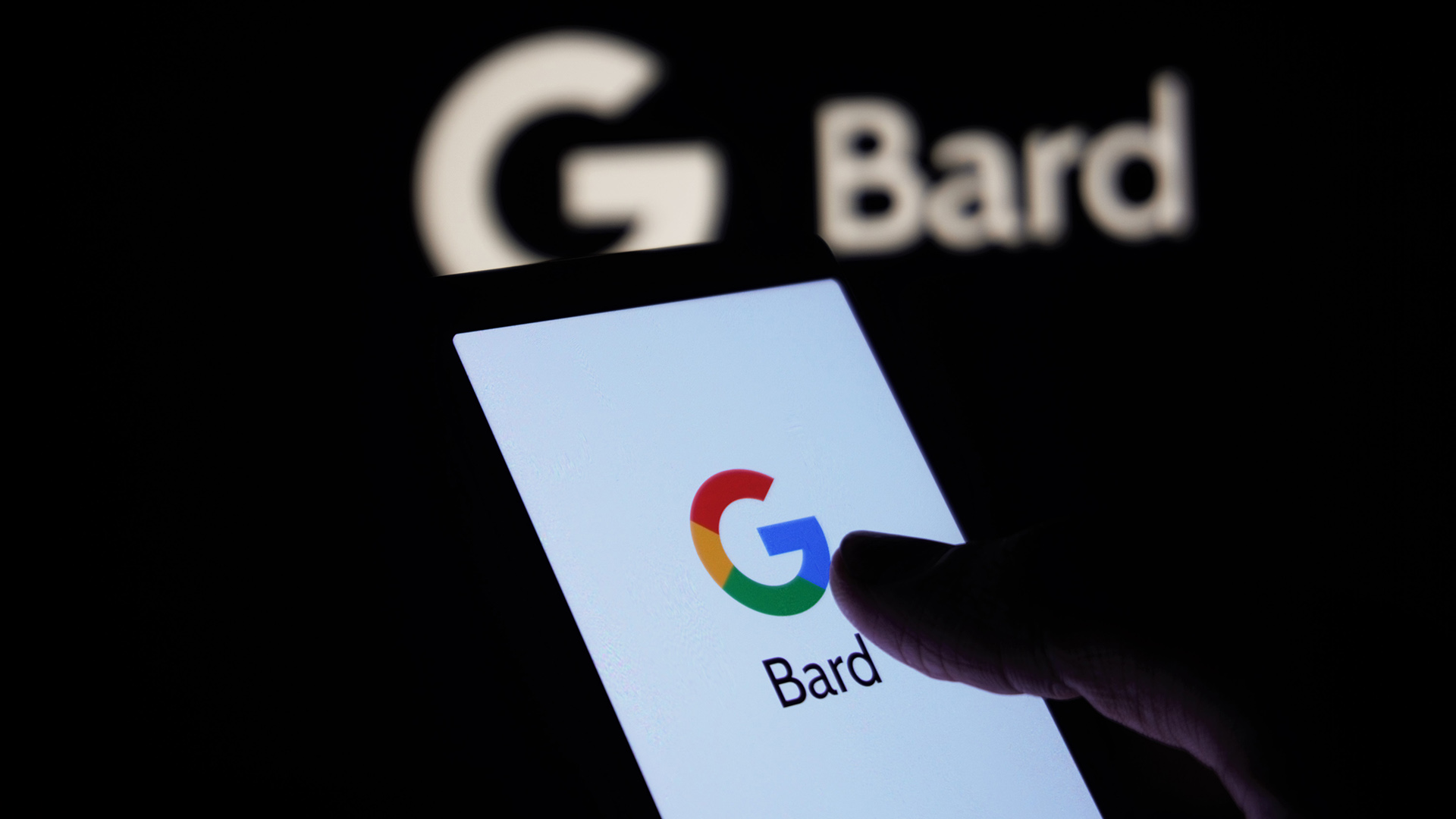The short video format is becoming increasingly popular on platforms. You might say it’s all Tik Tok’s fault. But now, Reels can be found on Instagram and Facebook, while YouTube has incorporated Shorts.
So, whatever platform you’re working on, don’t downplay the usefulness of these short animated images.
Here’s a 5-step strategy for creating effective short videos.
How to create a successful short video strategy
Step 1: Planning
Instead of coming up with video ideas daily, start by creating a script for several videos at once. Keep it simple – there’s no need to write a complete script. Some effective video styles include:
- Sharing industry news updates
- Answering frequently asked questions
- Creating lists, such as “5 ways to…”
- Reacting to trending videos
- Reuse clips from your long-form content
For each category, try to write down 10 video ideas or hooks that resonate emotionally with your target audience.
To effectively reinforce your brand, make sure your content can be produced in batch.
Observe how other brands use these categories to generate content. Instead of asking yourself, “What makes a good Reels?”, consider asking yourself, “What makes a captivating reaction video?” Structure your content with a clear beginning, middle and end. Develop a hook that makes a connection and evokes emotional responses. Viral videos often evoke intense emotions like surprise or anger in their content.
Number 2: Shooting
Once you have screenplays ready for a minimum of 10 videos, plan a shooting session to shoot them all at the same time. It’s a good idea to aim to shoot around 30 videos at once, to save time and avoid creator burnout.
Instead of focusing on expensive equipment, give priority to establishing a personal connection with your audience. Audiences appreciate authenticity more than polished production. Basic set-ups, such as filming in front of a mirror using your smartphone, can be just as effective as elaborate productions. Remember, it’s all about making a connection and delivering valuable content.
When shooting, it’s better to do it sentence by sentence rather than in full takes. This avoids rambling and makes it easier to edit later. To bring more energy to your speech, try to have someone off-camera with whom to interact and exchange jokes between lines. And above all, make sure you establish an emotional bond with the viewer by speaking directly to them and using “you” frequently.
Number 3: Editing
Effective video editing involves a number of simple adjustments. Some recommended changes include removing all unnecessary pauses, adding subtitles for better understanding without audio, and avoiding edits directly in social media apps. To achieve this, you can use mobile-friendly editing apps such as Captions and CapCut, or opt for the more advanced Adobe Premiere Pro.

The important aim is to create reusable content that can be shared on a variety of platforms.
Number 4: Publish
If you’re publishing on multiple platforms, make sure your message is tailored to each platform, since videos are viewed differently on Tik Tok than on YouTube.
Number 5: Consistency before perfection
A common mistake marketers make is over-optimizing instead of focusing on consistency. It’s more important to develop an effective system of regular publication than to spend all your time trying to create the perfect video.
To take advantage of short videos, you need to move from creating one-off viral hits to developing a sustainable system. By creating batch scripts, filming efficiently, editing reusable assets and publishing consistently, you can establish a short video presence that cost-effectively builds familiarity and trust in your brand.

Specialist in digital communication and international cinema, videographer, photographer and creator of content of all kinds.



 Follow
Follow

